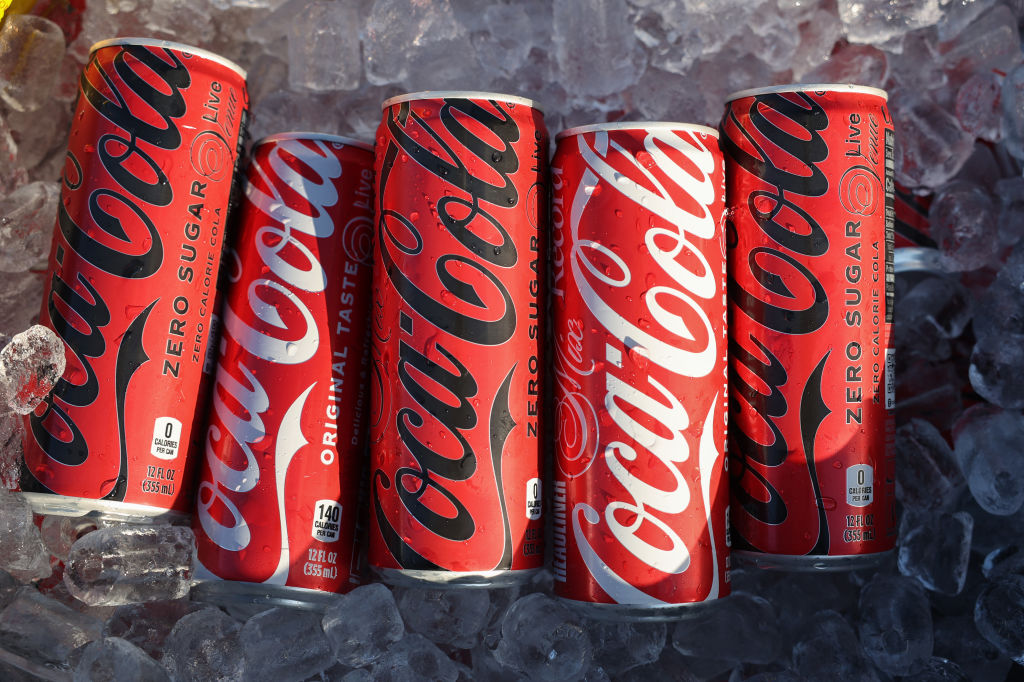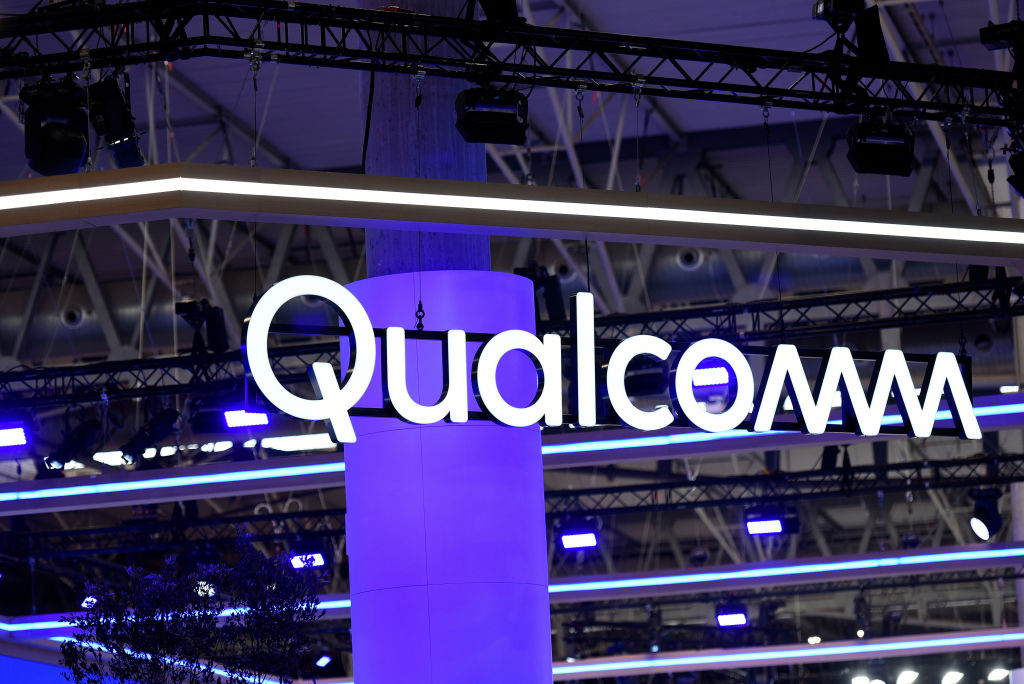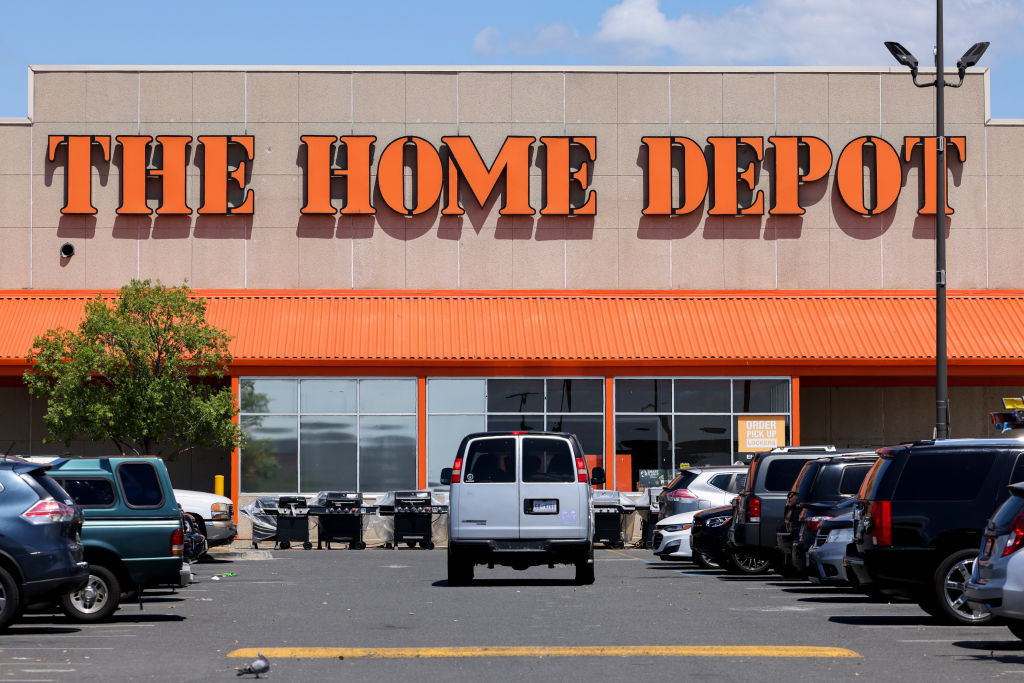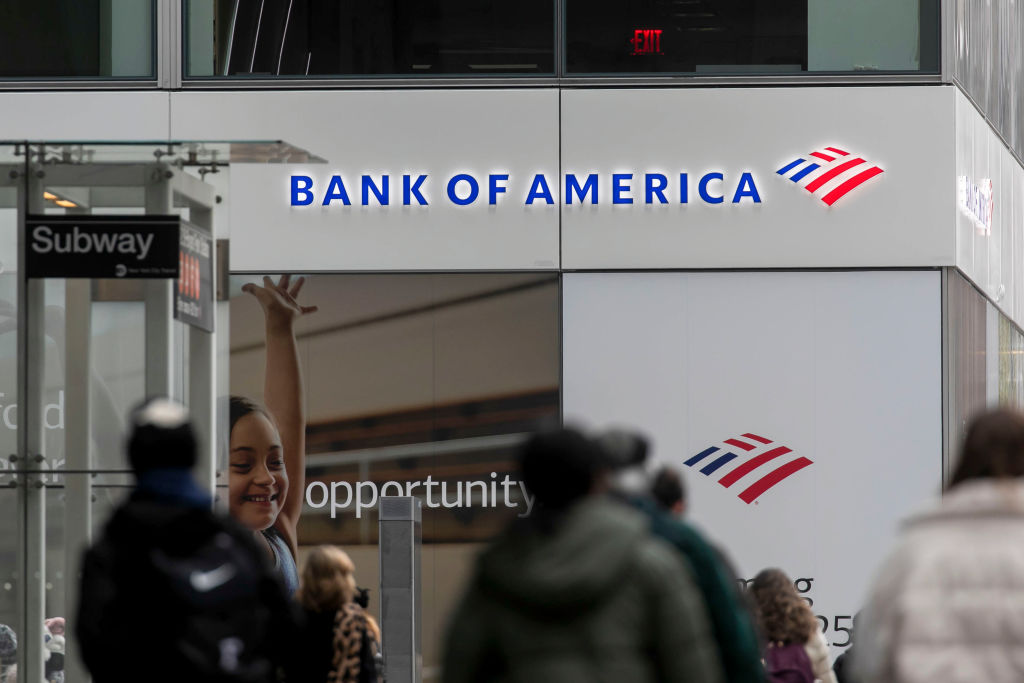A Temporary Setback for Credit Raters
Long-term prospects for the two major credit-rating agencies remain bright despite potential lawsuits and regulatory action.
Credit-rating agencies are losing the blame game. As Wall Street, regulators and investors try to get their stories straight about what has caused the current bout of economic unease and market turmoil, one thing they can agree on is that rating agencies are partly at fault.
The summertime blues were back on August 28, with the Dow Jones industrial average plunging 280 points, or 2.1%, and Standard & Poor's 500-stock index sinking 2.3%. Shares of Moody's (symbol MCO), the only pure-play credit rater, fell 2.9%, to $44.83, and are now down 37% so far this year.
McGraw-Hill (MHP), which owns S&P, the other major credit rater, dropped 4.0%, to $49.83, and is now down 26% so far in 2007.
From just $107.88 $24.99 for Kiplinger Personal Finance
Become a smarter, better informed investor. Subscribe from just $107.88 $24.99, plus get up to 4 Special Issues

Sign up for Kiplinger’s Free Newsletters
Profit and prosper with the best of expert advice on investing, taxes, retirement, personal finance and more - straight to your e-mail.
Profit and prosper with the best of expert advice - straight to your e-mail.
Rating agencies make easy targets. In addition to assessing the credit-worthiness of bond issues, raters advise investment banks and other underwriters on how to create securities backed by subprime mortgages and credit derivatives.
For years, many of these mortgage-backed securities were given triple-A ratings on par with grades for bonds issued by well-financed companies. But these securities have lost value as a growing number of borrowers defaulted on the underlying mortgages.
That caused some hedge funds to crater and recently prompted central banks to intervene to keep the credit markets from seizing. Meanwhile, rating firms downgraded scores of these securities and changed the methodology they use to evaluate mortgages.
The credit squeeze has dried up demand for mortgage-backed securities. That doesn't bode well for ratings firms. More than 40% of Moody's' and S&P's revenues over the past year came from rating these securities and other so-called structured-finance products. Rating fees for those complex products are usually twice as much as fees for evaluating bonds issued by corporations because of the extra work involved.
The credit-rating industry is essentially a duopoly. Moody's, S&P and Fitch, which is a unit of Paris-based financial services group Fimalac, are the largest players. But Moody's and S&P each hold about 40% of the credit-rating market, with Fitch and the small fries dividing up the remaining 20%.
Last year, Congress passed a law, designed to increase industry competition, that makes it easier for other firms to gain certification from the Securities and Exchange Commission as "credible and reliable" raters. Currently, the SEC recognizes six companies.
Moody's and S&P face a slew of complaints. The mortgage mess has attracted the attention of lawmakers and regulators. Securities regulators from the European Union are reviewing the management and practices at the rating agencies. Members of Congress have demanded more industry oversight and called for hearings.
In addition to more government scrutiny, ratings firms are likely to be slapped with lawsuits by investors who lost money in mortgage-backed securities and argue that the raters didn't provide adequate warnings.
Although the picture looks bleak, there are reasons to believe that the raters' problems are temporary. Despite the regulatory maneuvers, "there's nothing that would meaningfully change the companies' business models or leadership positions," says Neil Godsey, an analyst with investment bank Friedman, Billings, Ramey & Co.
Investor lawsuits have little impact because courts have found that opinions of rating agencies -- even if they are dead wrong -- are protected by the First Amendment. The clog in the debt pipeline will ding future revenues and earnings from ratings, but the business won't disappear, as debt issuers will continue to clamor for ratings from Moody's and S&P.
Most debt issued requires two independent ratings. Issuers and investors want to use as few rating agencies as possible, so they will stick with the market leaders no matter how many new competitors the SEC blesses. And as the global market for debt keeps expanding and Wall Street keeps churning out new products, demand for ratings services will grow.
Shares of Moody's and McGraw-Hill dwell at their lowest price-earnings ratios over the past five years. Moody's trades at 16 times the $2.89 per share that analysts expect the company to earn in 2008.
McGraw Hill sells for 14 times the $3.50 per share that analysts expect it to earn next year. (Credit rating makes up a little more than half of McGraw-Hill's business. The company also publishes educational and financial information and magazines, such as BusinessWeek.)
Godsey gives both stocks "Outperform" ratings. He has an 18-month target price of $85 for Moody's and $83 for McGraw-Hill. But while markets roil, Godsey expects these stocks to suffer.
Profit and prosper with the best of Kiplinger's advice on investing, taxes, retirement, personal finance and much more. Delivered daily. Enter your email in the box and click Sign Me Up.
-
 How to Avoid the Financial Quicksand of Early Retirement Losses
How to Avoid the Financial Quicksand of Early Retirement LossesSequence of returns — experiencing losses early on — can quickly deplete your savings, highlighting the need for strategies that prioritize income stability.
-
 How an Elder Law Attorney Can Help Protect Your Aging Parents
How an Elder Law Attorney Can Help Protect Your Aging ParentsIf you are worried about older family members or friends whose financial judgment is raising red flags, help is out there — from an elder law attorney.
-
 Q4 Post-Mortem From an Investment Adviser: Year of Resilience
Q4 Post-Mortem From an Investment Adviser: Year of ResilienceFinancial pro Prem Patel shares his take on how markets performed in the fourth quarter of 2025, with an eye toward what investors should keep in mind for 2026.
-
 If You'd Put $1,000 Into Lowe's Stock 20 Years Ago, Here's What You'd Have Today
If You'd Put $1,000 Into Lowe's Stock 20 Years Ago, Here's What You'd Have TodayLowe's stock has delivered disappointing returns recently, but it's been a great holding for truly patient investors.
-
 If You'd Put $1,000 Into 3M Stock 20 Years Ago, Here's What You'd Have Today
If You'd Put $1,000 Into 3M Stock 20 Years Ago, Here's What You'd Have TodayMMM stock has been a pit of despair for truly long-term shareholders.
-
 If You'd Put $1,000 Into Coca-Cola Stock 20 Years Ago, Here's What You'd Have Today
If You'd Put $1,000 Into Coca-Cola Stock 20 Years Ago, Here's What You'd Have TodayEven with its reliable dividend growth and generous stock buybacks, Coca-Cola has underperformed the broad market in the long term.
-
 If You Put $1,000 into Qualcomm Stock 20 Years Ago, Here's What You Would Have Today
If You Put $1,000 into Qualcomm Stock 20 Years Ago, Here's What You Would Have TodayQualcomm stock has been a big disappointment for truly long-term investors.
-
 If You'd Put $1,000 Into Home Depot Stock 20 Years Ago, Here's What You'd Have Today
If You'd Put $1,000 Into Home Depot Stock 20 Years Ago, Here's What You'd Have TodayHome Depot stock has been a buy-and-hold banger for truly long-term investors.
-
 What the Rich Know About Investing That You Don't
What the Rich Know About Investing That You Don'tPeople like Warren Buffett become people like Warren Buffett by following basic rules and being disciplined. Here's how to accumulate real wealth.
-
 If You'd Put $1,000 Into Bank of America Stock 20 Years Ago, Here's What You'd Have Today
If You'd Put $1,000 Into Bank of America Stock 20 Years Ago, Here's What You'd Have TodayBank of America stock has been a massive buy-and-hold bust.
-

 If You'd Put $1,000 Into Oracle Stock 20 Years Ago, Here's What You'd Have Today
If You'd Put $1,000 Into Oracle Stock 20 Years Ago, Here's What You'd Have TodayORCL Oracle stock has been an outstanding buy-and-hold bet for decades.